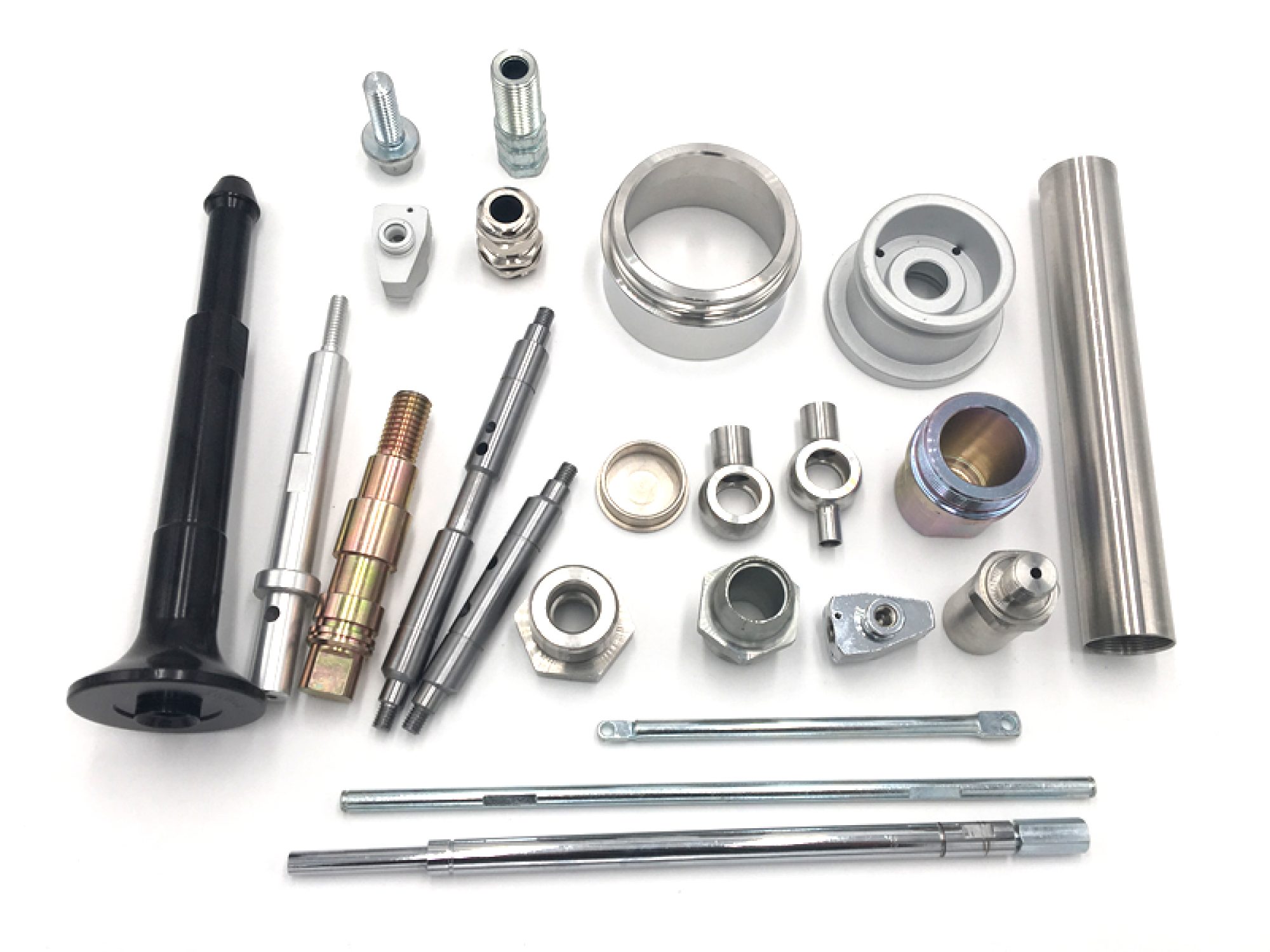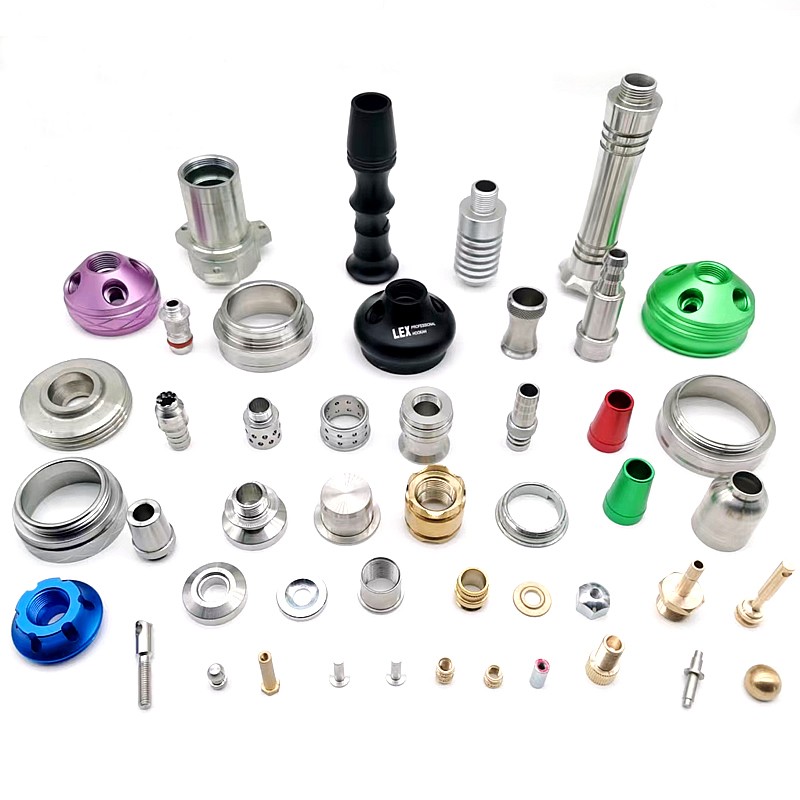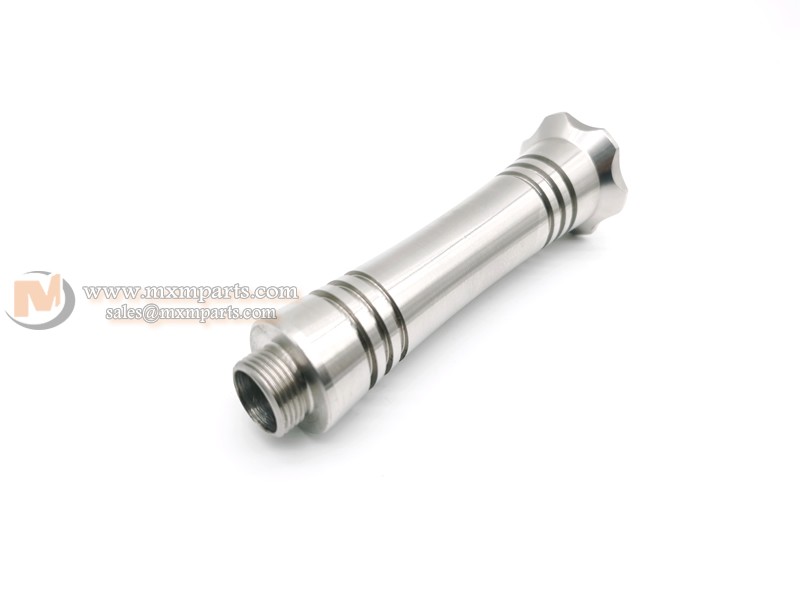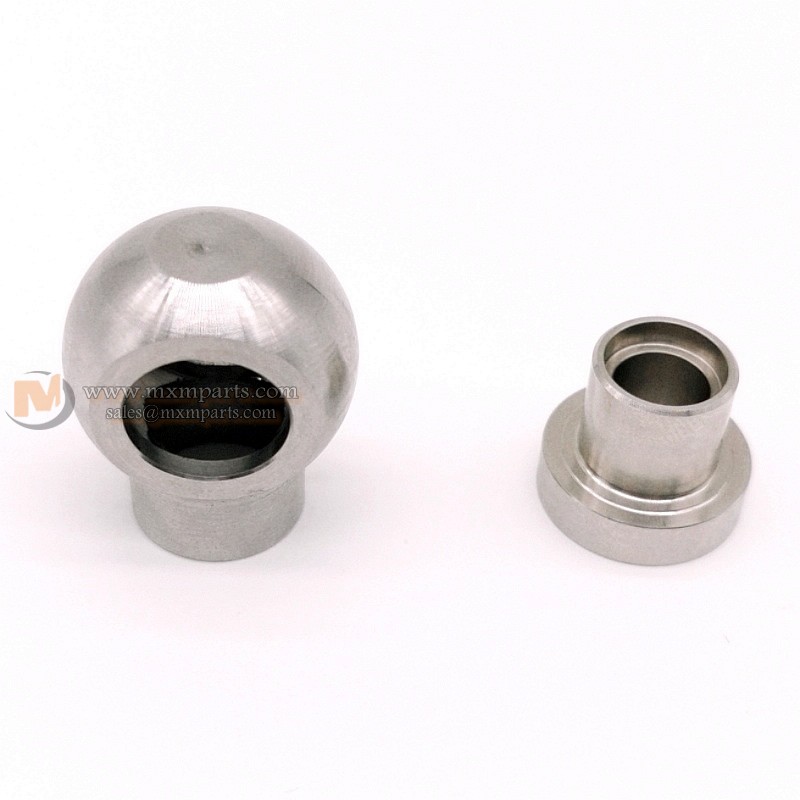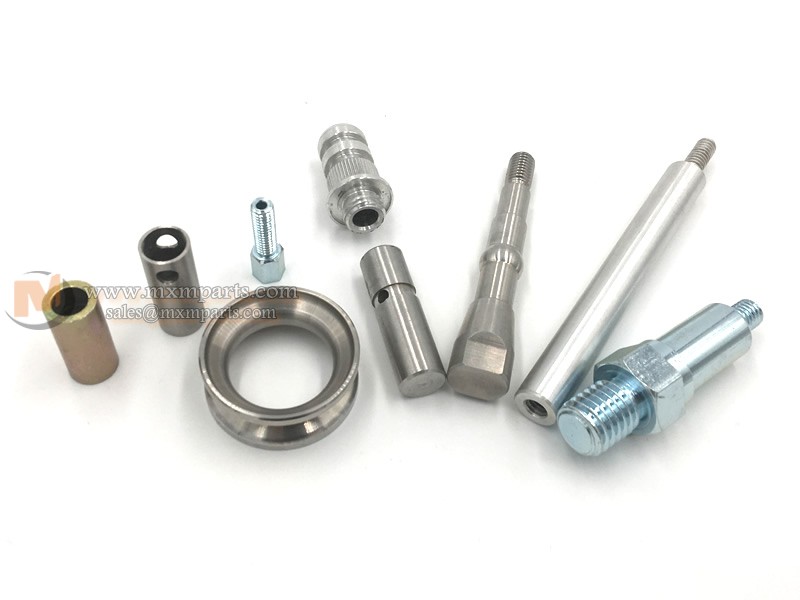In the world of manufacturing and precision engineering, CNC turning parts play a pivotal role. From aerospace to automotive, and from medical devices to consumer electronics, CNC turning parts are the unsung heroes behind countless products we use every day. In this comprehensive guide, we will delve deep into the world of CNC turning parts, CNC Turning Factories, and Turned Parts, shedding light on their importance, manufacturing process, and applications.
The Basics: CNC Turning Parts Unveiled
CNC Turning Parts: The Heart of Precision Machining
CNC turning parts are the fundamental building blocks of precision machining. They are components produced through the CNC (Computer Numerical Control) turning process. These parts are essential in creating the intricate and specialized components required in various industries.
CNC Turning Factory: Where Precision Meets Innovation
A CNC Turning Factory is where the magic happens. These facilities are equipped with state-of-the-art machinery and skilled technicians who transform raw materials into finely crafted CNC turning parts. The combination of advanced technology and human expertise results in parts that meet the most exacting standards.
The Significance of Turned Parts
Turned parts are the outcome of CNC turning, and they come in a vast array of shapes, sizes, and materials. Their significance lies in their ability to make complex and precision-driven products possible. From tiny screws in medical devices to large components in aerospace applications, turned parts are ubiquitous.
CNC Turning Parts in Action
Aerospace: Where Precision is Paramount
The aerospace industry relies heavily on CNC turning parts for the creation of critical components. Aircraft engines, landing gear, and avionics systems require precision turning parts to function flawlessly. These parts must withstand extreme conditions and maintain high levels of performance and reliability.
Automotive: Driving Innovation
In the automotive industry, CNC turning parts are found throughout the vehicle. From the engine block to the transmission system, these parts ensure the optimal operation of the vehicle. Precision is crucial for safety, fuel efficiency, and overall performance.
Medical Devices: Life-Saving Precision
When it comes to medical devices, precision is a matter of life and death. CNC turning parts are instrumental in the production of devices such as pacemakers, surgical instruments, and prosthetics. These parts must meet strict quality standards to ensure patient safety.

Consumer Electronics: A World of Miniaturization
In the realm of consumer electronics, CNC turning parts are responsible for the miniaturization of technology. From the tiniest components in smartphones to intricate connectors in laptops, these parts make our gadgets sleek, efficient, and user-friendly.
The CNC Turning Process
Turning Raw Materials into Masterpieces
The CNC turning process involves the removal of material from a workpiece using computer-controlled machinery. The workpiece is rotated while a cutting tool shapes it into the desired form. This process is highly precise, allowing for intricate and complex shapes to be created with utmost accuracy.
Materials Matter
CNC turning parts can be made from various materials, including metals, plastics, and composites. The choice of material depends on the specific requirements of the part, such as strength, heat resistance, and conductivity.
Precision at its Finest
One of the standout features of CNC turning is its ability to produce parts with incredible precision. Tolerances in the range of micrometers are achievable, ensuring that parts fit perfectly and perform as intended.
Efficiency and Speed
CNC turning is not only about precision but also efficiency. These machines can work at high speeds, making them suitable for high-volume production. This combination of precision and efficiency is what makes CNC turning an indispensable process.
CNC Turning Factories: Where the Magic Happens
State-of-the-Art Machinery
CNC Turning Factories are equipped with cutting-edge CNC machines. These machines are capable of turning, milling, and drilling, making them versatile for a wide range of parts.
Expertise and Skill
While machines are crucial, it's the expertise of the technicians that truly sets CNC Turning Factories apart. Skilled operators program the machines, monitor the process, and ensure that the final parts meet the highest standards.
Quality Control
Quality control is a non-negotiable step in CNC Turning Factories. Every part undergoes rigorous inspections to ensure it conforms to the required specifications. This commitment to quality guarantees that only the best parts reach the market.
Turned Parts: Versatile and Essential
Diverse Applications
Turned parts find their way into countless applications. They are used in hydraulics, pneumatics, automotive systems, and even in everyday products like bicycles and furniture. The versatility of turned parts is truly remarkable.
Customization Possibilities
CNC turning allows for a high degree of customization. Manufacturers can produce turned parts that are tailor-made for specific applications, ensuring optimal performance and efficiency.
Sustainability Matters
In today's environmentally conscious world, turned parts play a role in sustainability. The precision they offer minimizes material waste, and their use in energy-efficient systems contributes to a greener planet.
